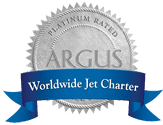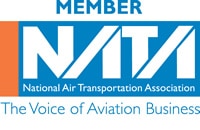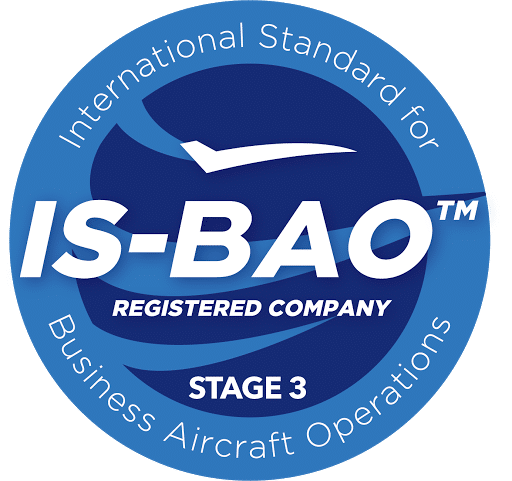Introduction to the Aviation Industry
The world of aviation is divided into multiple professional tracks, but two of the most prestigious roles are private jet pilots and commercial airline pilots. While both positions involve flying aircraft and ensuring passenger safety, the responsibilities, qualifications, lifestyle, and earning potential differ significantly. Whether you’re considering a career in aviation or simply fascinated by the luxury and logistics behind private and commercial flights, understanding these roles in-depth is crucial.
Training and Certification: How Private and Commercial Pilots Qualify
Commercial Airline Pilot Training
To become a commercial airline pilot, individuals typically begin by obtaining a Private Pilot License (PPL), followed by an Instrument Rating (IR) and a Commercial Pilot License (CPL). The final and most rigorous step is earning an Airline Transport Pilot License (ATPL)—a requirement for captains at major airlines.
Key requirements include:
- Minimum of 1,500 flight hours for ATPL
- Passing FAA written exams
- Multi-engine and simulator training
- Type ratings for specific aircraft (e.g., Boeing 737, Airbus A320)
Pilots often train through university aviation programs or flight academies, accumulating hours as flight instructors or regional airline copilots.
Private Jet Pilot Certification
Private jet pilots, while following a similar foundational path, often take a more specialized route. After obtaining their CPL and IR, many also pursue ATPL, but they may not need as many logged hours initially if flying under Part 135 operations instead of Part 121 (commercial airlines).
They frequently receive:
- Type ratings for specific business jets (e.g., Gulfstream G650, Bombardier Global 7500)
- Intensive simulator training tailored to private aircraft
- Ongoing recurrent training every 6–12 months
Unlike airline pilots who fly the same aircraft consistently, private jet pilots must often be versatile across multiple types of jets.
Work Environment and Schedule: Structured vs. Dynamic
Commercial Airline Pilot Lifestyle
Commercial airline pilots work on fixed schedules, usually planned months in advance. These flights are highly structured, often operating between major airports and on well-defined routes.
Advantages:
- Predictable hours
- Union protections and clear career paths
- Scheduled layovers and consistent routines
However, the role may include long hours, overnight flights, and time away from home. Seniority plays a big part in choosing routes, days off, and aircraft type.
Private Jet Pilot Lifestyle
Private jet pilots experience a less predictable but more luxurious environment. Clients may book flights with short notice, and routes can vary drastically—from metropolitan centers to remote private airstrips.
Distinctive aspects:
- On-demand flight schedules
- Direct interaction with VIP passengers
- Overnight stays in exotic locations
- Flexible but demanding hours, including standby periods
Despite less structure, many private pilots appreciate the exclusivity and personal nature of the work.
Aircraft Types: Business Jets vs. Commercial Airliners
Commercial Airliners
Commercial pilots fly large jets like the Boeing 777, Airbus A330, or regional jets like the Embraer 175. These aircraft are built for maximum passenger capacity and fuel efficiency.
Features include:
- Standardized cockpit layouts
- Sophisticated autopilot systems
- Fixed maintenance schedules
- Longer haul flights across international airspace
Private Business Jets
Private jet pilots operate aircraft optimized for comfort, speed, and executive travel. These include:
- Light jets (Cessna Citation CJ4)
- Midsize jets (Learjet 75 Liberty)
- Heavy jets (Gulfstream G700, Dassault Falcon 8X)
They must manage more manual checklists, communicate closely with owners or charter clients, and often supervise ground logistics and cabin conditions.
Earning Potential and Compensation
Commercial Airline Pilot Salaries
Airline pilot pay is generally regulated by unions and seniority, offering high job security and benefits. Pensions, health coverage, and travel perks are substantial, particularly for legacy carriers. Based on Bls.gov, a commercial pilot’s median pay is $198,100 per year.
Private Jet Pilot Salaries
Private jet pilot compensation can vary widely depending on experience, aircraft type, and employer. Pilots working for elite charter firms or ultra-high-net-worth individuals often earn competitive salaries.
Entry-Level Private Jet Pilot: $50,000 to $85,000
Mid-Level Private Jet Pilot: $85,000 to $150,000
Senior Private Jet Pilot: $150,000 to $250,000 or more.
Bonuses, per diems, and housing stipends are common, especially for international travel assignments.
Passenger Interaction and Customer Service
Airline Pilots
Commercial pilots rarely interact directly with passengers. Their communication is mostly via intercom for brief flight updates. The cabin crew handles customer service and inflight experiences.
Private Jet Pilots
Private pilots often serve as ambassadors of luxury travel. They greet guests, manage pre-flight preferences, oversee catering, and sometimes handle luggage. Discretion, professionalism, and adaptability are crucial soft skills.
Career Path and Growth Opportunities
Commercial Pilot Advancement
- First Officer → Captain based on flight hours and seniority
- Transition into check airman, instructor, or management
- Opportunity to switch to long-haul international flights or cargo operations
Private Jet Pilot Advancement
- Copilot → Captain → Chief Pilot
- Movement into flight operations, training, or aviation management
- Many private pilots eventually start their own charter operations
Private aviation offers unique entrepreneurial opportunities and faster progression in smaller organizations.
Lifestyle and Personal Freedom
The private jet pilot lifestyle is often regarded as more exclusive, but it comes with demanding availability expectations. In contrast, commercial pilots enjoy more structured lives, union protection, and systematic scheduling.
Those prioritizing prestige and flexibility may prefer private aviation, while those who value predictability and standardized procedures may lean toward airlines.
Conclusion
Both private jet and commercial airline pilots represent the pinnacle of aviation professionalism. The private jet pilot offers personalized, dynamic service in elite environments, while the commercial airline pilot ensures the safe transport of thousands under rigid systems and controls.
Ultimately, the right path depends on your career goals, lifestyle preferences, and the type of flying you wish to do. If you are looking to experience luxury air travel or hire the most elite pilots in private aviation, Worldwide Jet is your trusted source.
By embracing private aviation, corporations eliminate travel bottlenecks, reduce downtime, and foster a more agile approach to business operations. This isn’t a luxury—it’s a competitive advantage.
Contact Worldwide Jet today to elevate your travel experience with precision, discretion, and luxury.
Contact us
"*" indicates required fields
Our Vision
Worldwide Jet’s vision is to always be the first choice in the industry by continuously redefining private luxury travel.
Get in touch today to book your next luxury flight.






